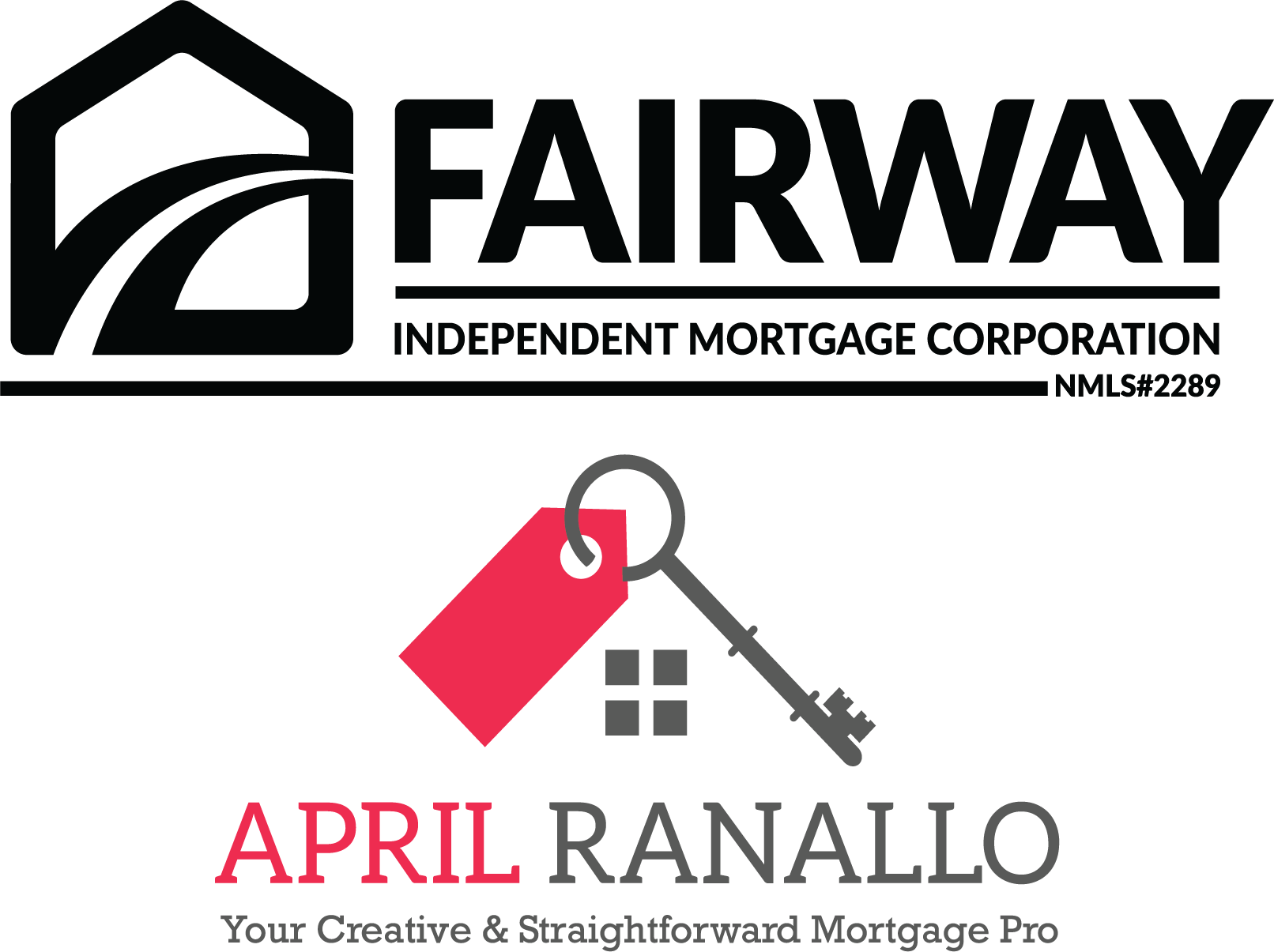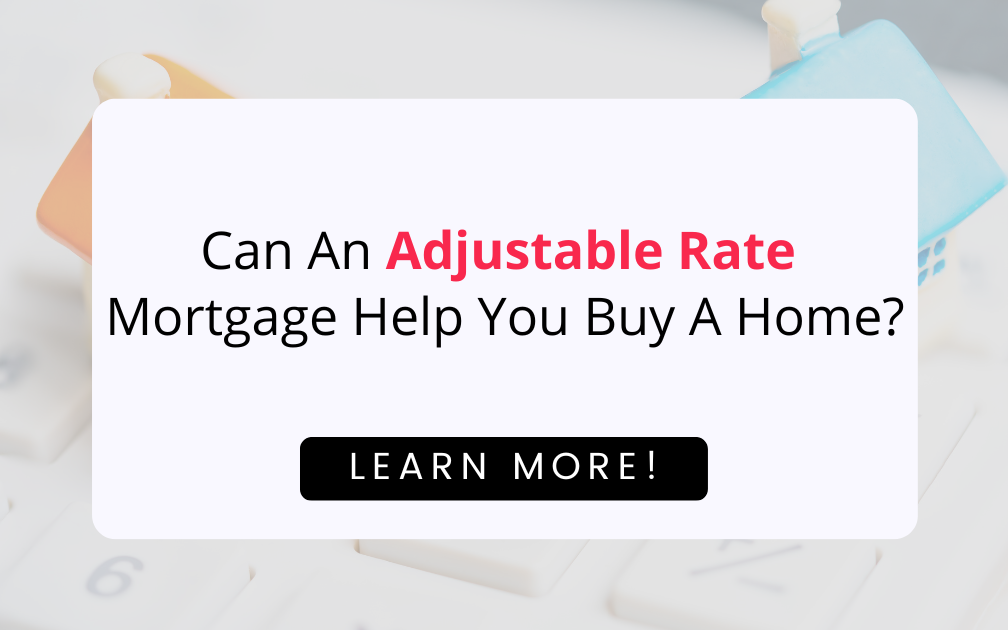If you’re in the market for a new home, you’ve likely noticed that mortgage rates have been on a roller coaster ride lately. The historically low rates we’ve been used to are no more, as rates continue to rise and impact the bottom lines of homeowners and borrowers alike. Mortgage rates are more than two percentage points higher than at the start of the year, after registering the biggest quarterly climb in 28 years in the first quarter of 2022. But this doesn’t mean that you can no longer buy your dream home or any home for that matter.
If you are hoping for rates to fall, you may be waiting for a while. So, how can you purchase a home with a mortgage that is affordable?
If it seems like buying a home is not within reach, remember this: it doesn’t mean that you have no other mortgage options that make it affordable to buy a home. Rising interest rates are exactly the scenario that makes Adjustable Rate Mortgages (ARM) an attractive alternative to a traditional 30-year fixed mortgage. This is a difference that will not only save you hundreds of dollars a month but also give you more purchasing power to get the home you want.
Sounds good. It does if you know what an ARM is and how it works. Unfortunately, most people don’t.
This blog will explain exactly what an adjustable rate mortgage is, how they work, and why this is a viable option if you want to buy a new home.
What is an Adjustable Rate Mortgage?
An adjustable rate mortgage is a home loan with an interest rate that adjusts over time based on the market. ARMs typically start with a lower interest rate than fixed-rate mortgages, so an ARM is a great option if your goal is to get the lowest possible rate.
An adjustable rate mortgage primarily differs from a fixed-rate mortgage because, with a fixed-rate mortgage, the interest rate stays the same during the life of the loan. While with an ARM, the interest rate changes periodically, usually in relation to an index, and payments may go up or down accordingly.
Lenders generally charge lower initial interest rates for ARMs than for fixed-rate mortgages. At first, this makes the ARM easier on your budget than a fixed-rate mortgage for the same loan amount. Additionally, your ARM could be less expensive over a long period, for example, if interest rates remain steady or move lower over time.
A fixed-rate mortgage can offer more certainty because it retains the same interest rate for the life of the loan. While on the other hand, an ARM charges less interest during the introductory period, thus offering a lower initial monthly payment. But after that initial period, changing interest rates will impact your payments. If interest rates go down, ARMs can become less expensive than fixed-rate mortgages; but an ARM can become relatively more expensive if rates go up. We’ll address what to do about that a little further down.
But first, let’s take a look at ARMs work.
How an Adjustable Rate Mortgage Works
ARMs are long-term home loans with two different periods, the fixed and adjustable periods.
During the fixed period, your interest rate will not change. Typically, the fixed period will be during your loan’s first 5-10 years. After the initial period comes the adjustable period, during which your interest rate can go up or down based on changes in the benchmark interest rate.
For example, let’s say you take out a 30-year ARM with a 5-year fixed period. That would lead to a fixed rate for the first five years of the loan. After that, your rate could go up or down for the remaining 25 years of the loan. That may sound scary, but by law, virtually all ARMs must have a lifetime cap which limits the interest rate increase over the life of the loan.
Why an Adjustable Rate Mortgage is a Good Option Now

While no one can predict the future of interest rate movements, an ARM can be a good option for some home buyers in the present interest rate environment. If you are looking for a starter home to live in for a few years before moving to your forever home, you may not need a mortgage for more than the fixed period, and an ARM would be an attractive option.
Plus, if you pay close attention to your terms and plan carefully, an ARM can be a smart alternative to a fixed-rate mortgage.
Some of the benefits of an ARM are:
- Your monthly payments during the initial fixed-rate period of your loan will be lower than they would if you had taken a fixed-rate mortgage. And, with rates rising the way they are, this can be an appealing option for someone looking to buy a home. It could be the difference between being able to afford a mortgage and not being able to afford one.
- An ARM can help you save. Since you’re paying less initially than a traditional 30-year mortgage, you’ll have more available cash and can take what you’re saving during that fixed-rate period and add it to your retirement or other savings plan, pay down other expenses, or perhaps to pay the loan down faster.
- If interest rates drop, your payments will drop. With an ARM, you get the advantage of lower interest rates at the end of your adjustment period. Typically ARM rates adjust annually.
- Even if your payment goes up, it can’t go too far. ARMs have caps on the rate at which they can increase, which means that even if your costs go up, there is a limit. Pay attention to the terms of your mortgage disclosures to ensure these maximum increases are numbers you can live with.
- If you don’t intend to stay in the house for long, you could sell the house before rate increases kick in. If you plan carefully, you can enjoy the low initial rates of an adjustable rate mortgage while getting out of the mortgage before any rate adjustments kick in. If you plan on doing this, pay close attention to the loan’s initial period and ensure it’s longer than you intend to live there.
Refinancing An ARM
Earlier I mentioned that we would discuss what to do if interest rates keep rising. Another scenario to consider is what to do if interest rates have steeply fallen after the end of your adjustment period below what the rate cap would offer you.
In either scenario, you can refinance your ARM into a traditional fixed-rate mortgage to lock in more stability than an ARM can offer. Luckily, the process is relatively straightforward. By refinancing, you’ll take out a new loan to pay off the original mortgage.
Many people then choose to refinance into a 15-year fixed rate mortgage instead of a 30-year fixed rate mortgage. Not only does this save you a lot of money in interest payments, but you also end up owning your home ten years faster than the typical home buyer.
In Summary
An adjustable rate mortgage can be the right fit for some situations, especially in a time of market uncertainty and rising interest rates. An ARM gives you a lower fixed rate for a period of time, most often 5-10 years, and can help combat the higher rates coming with today’s fixed-rate mortgages.
One caveat is that you need to pay close attention to what is happening with mortgage interest rates so that after your adjustment period ends, you’ll be ready to refinance into a stable fixed rate mortgage if that makes sense.
In a time of rising interest rates, an ARM could be the difference between whether you can afford a mortgage or not. In other words, an ARM can mean that your dream of homeownership can still be fulfilled in a way that won’t be a heavy burden on your budget.
I’ve been helping people since 1999 to achieve their dreams of homeownership. My experience has allowed me to cultivate strong relationships. I always aim to ensure a straightforward, honest lending experience that will exceed your needs and expectations. I’m a creative problem solver, and there is rarely a situation I cannot figure out or guide you on how to accomplish your dream of homeownership.
I’m here and ready to help you. Let’s connect so I can answer any questions you have. And, if you’re ready, here’s a link to my app to get your application started today. I look forward to meeting you!

